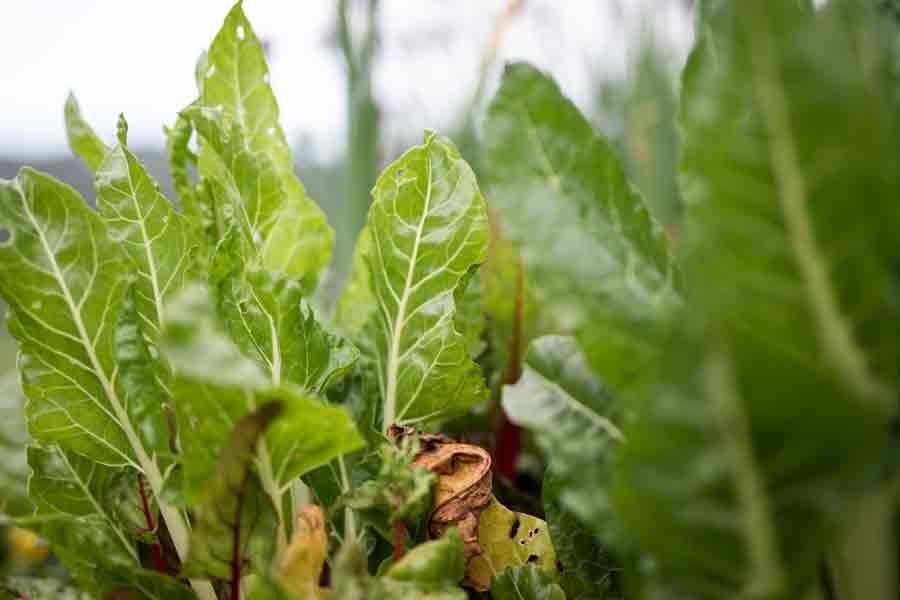Companion planting, a fundamental gardening technique, involves strategically pairing different plants to maximize their benefits and bolster overall garden health. When it comes to Swiss chard, knowing the significance of companion plants is paramount. By selecting chard companion plants thoughtfully, gardeners can harness nature’s synergy to promote growth, deter pests, and optimize space utilization.
Companion planting offers a multitude of benefits for Swiss chard and other garden crops. Firstly, it can help deter pests naturally by confusing or repelling insects that might otherwise target chard. Moreover, companion plants can enhance soil fertility and nutrient availability.
Best Chard Companion Plants
Strawberries
Strawberries make excellent companions for Swiss chard because they provide several benefits to each other. Strawberries have shallow roots that grow close to the soil surface, while Swiss chard has deeper roots, allowing them to coexist without competing for space or nutrients. Additionally, strawberries produce runners that spread across the ground, creating a living mulch that helps retain soil moisture and suppress weeds, which benefits both strawberries and Swiss chard. Planting strawberries alongside Swiss chard also attracts pollinators such as bees and butterflies to the garden, which can improve fruit set in strawberries and seed production in Swiss chard. Additionally, strawberries produce aromatic compounds that can help deter pests such as aphids and spider mites, protecting both strawberries and Swiss chard from infestations.
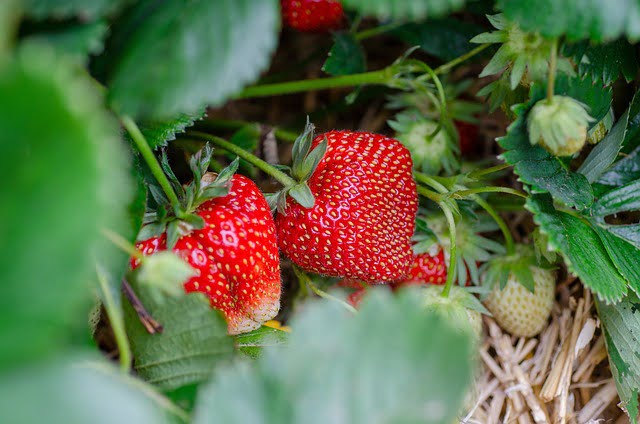
Kale
Kale and Swiss chard have similar growing requirements, including sunlight, soil type, and water needs. They can thrive together in the same garden environment without competing for resources. Both kale and Swiss chard have deep root systems that can access different layers of soil. This allows them to absorb nutrients more efficiently and reduces competition for the same resources.

Beans
Beans are excellent companions for chard because they are nitrogen fixers. They take nitrogen from the air and convert it into a form that plants can use, enriching the soil. This extra nitrogen boosts the growth of Swiss chard, making it healthier and more productive.

Cabbage
Cabbage and Swiss chard work well together because they have different nutrient needs and root depths. This means they don’t compete for resources. Additionally, cabbage can help provide some shade for Swiss chard during hot summer days, keeping it cool and reducing the risk of bolting.
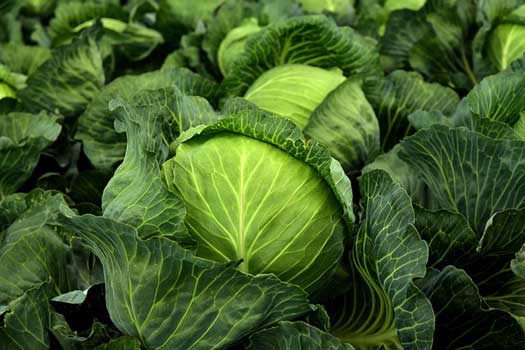
Celery
Celery and Swiss chard make great companions because celery can help deter pests such as aphids that may target Swiss chard. Additionally, both plants enjoy similar soil conditions and moisture levels, making them easy to care for together.
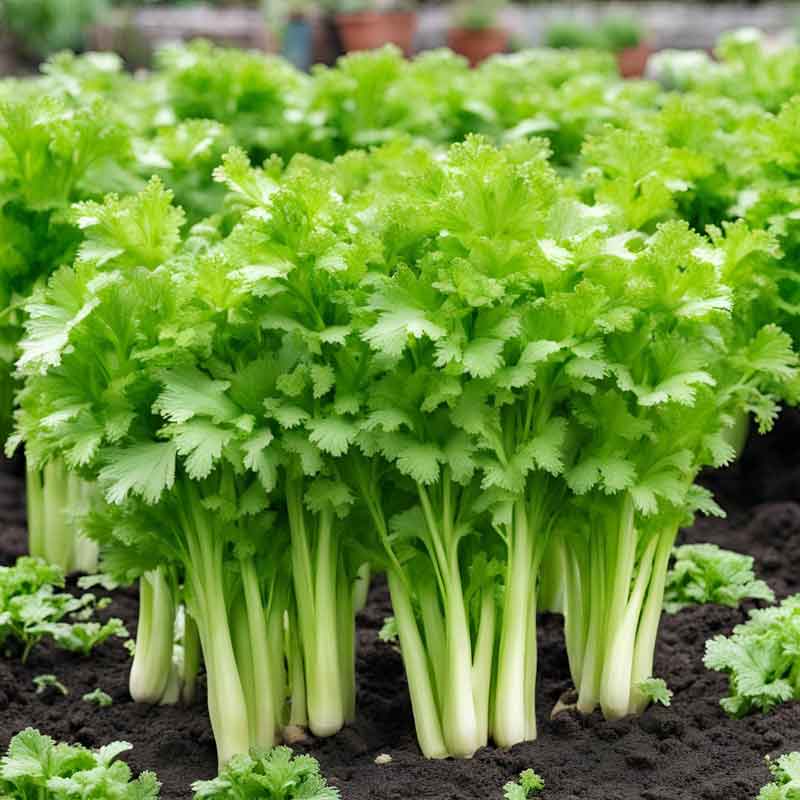
Chamomile
Chamomile is a beneficial herb to grow alongside Swiss chard. It helps improve the flavor of Swiss chard and attracts beneficial insects like hoverflies and ladybugs, which prey on pests. Chamomile also enhances soil health by adding nutrients as it decomposes.
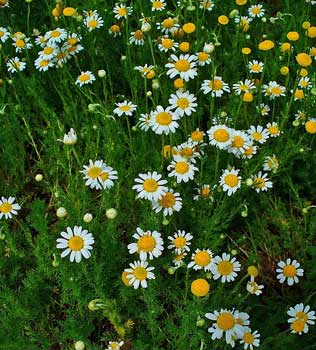
Cilantro
Cilantro is another herb that pairs well with Swiss chard. It can repel harmful insects, including aphids and spider mites. The strong scent of cilantro also helps confuse pests, making it harder for them to find and attack Swiss chard.
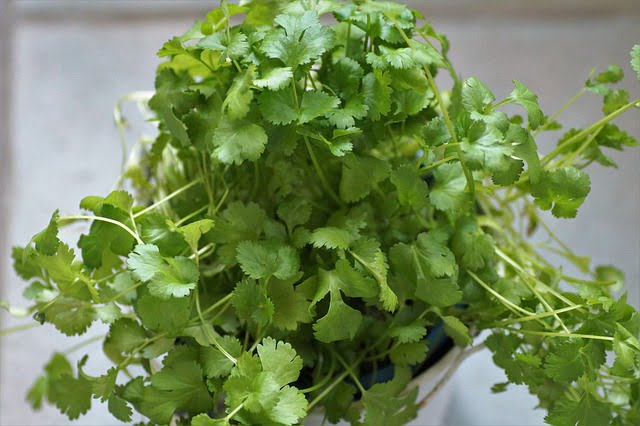
Garlic
Garlic is known for its pest-repelling properties. When planted near Swiss chard, garlic can help keep away aphids, beetles, and other harmful insects. Garlic’s strong aroma acts as a natural deterrent, ensuring your Swiss chard stays healthy and pest-free.

Lavender
Lavender is a fantastic companion plant for Swiss chard due to its ability to attract pollinators and beneficial insects. The pleasant scent of lavender also helps repel pests like moths and fleas, providing a protective barrier for your Swiss chard.
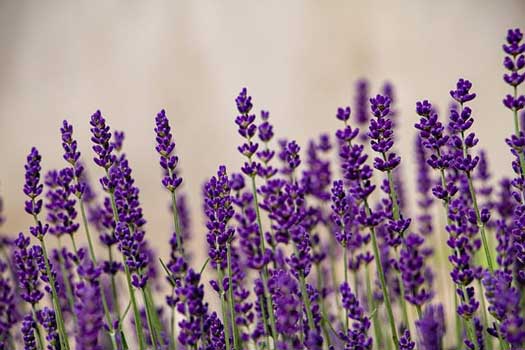
Lettuce
Lettuce and Swiss chard are great partners in the garden. Lettuce grows quickly and provides ground cover, which helps retain soil moisture and suppress weeds. This benefits Swiss chard by keeping the soil cool and moist, promoting better growth.

Marigolds
Marigolds are well-known for their pest-repelling properties. They release a substance into the soil that deters nematodes, which can damage Swiss chard roots. Additionally, marigold flowers attract beneficial insects like ladybugs and hoverflies, which help control aphid populations.

Mint ( Plant in a Container)
Mint is a strong-scented herb that can confuse and repel pests, making it a good companion for Swiss chard. However, mint plants can be invasive, so it’s best to plant it in a container near your chard to keep it under control. The aromatic oils released by mint also help keep pests away from your Swiss chard.
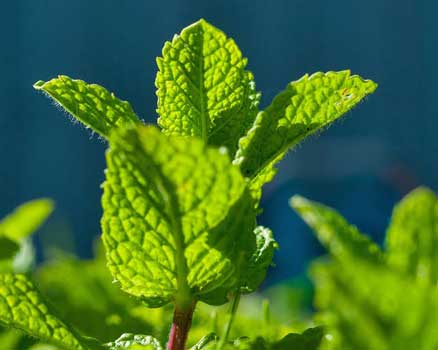
Nasturtium
Nasturtiums are excellent companions for Swiss chard because they act as natural pest repellents. Their pungent scent deters aphids, cucumber beetles, and whiteflies, protecting Swiss chard from common garden pests. Additionally, nasturtiums attract beneficial insects like predatory beetles and parasitic wasps, which prey on harmful pests, promoting a healthier garden ecosystem.
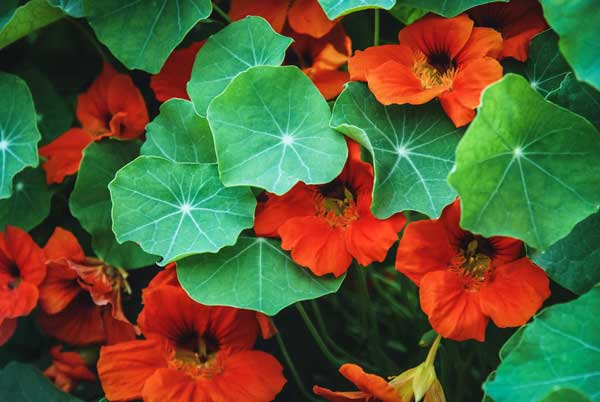
Radishes
Radishes make fantastic companions for Swiss chard due to their ability to deter root maggots and cucumber beetles. Planting radishes alongside Swiss chard helps prevent these pests from damaging the chard’s roots, ensuring better growth and productivity. Additionally, radishes have shallow roots, which complement the deeper roots of Swiss chard, allowing them to coexist without competing for resources.
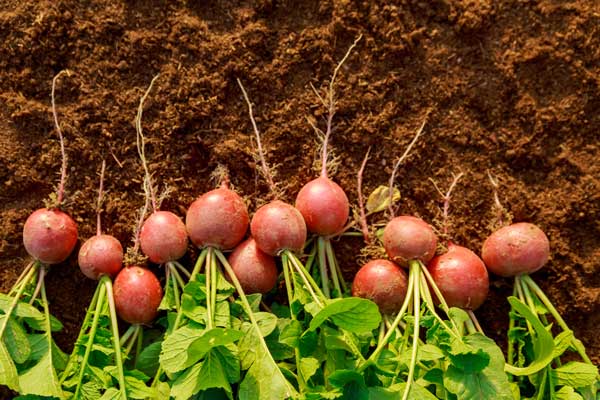
Sweet Alyssum
Sweet alyssum is a beneficial companion plant for Swiss chard because it attracts pollinators such as bees and butterflies to the garden. Increased pollination leads to better fruit set in nearby plants, including tomatoes, resulting in higher yields. Additionally, sweet alyssum releases a fragrance that can deter aphids and other pests, protecting Swiss chard from infestations.
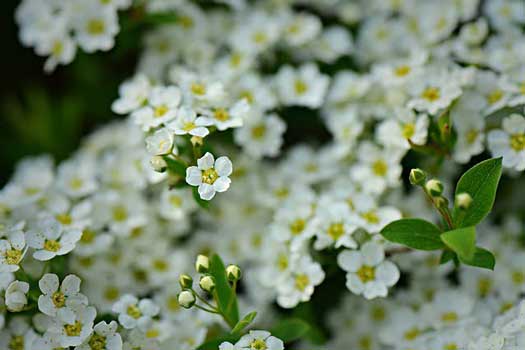
Tomatoes
Tomatoes and Swiss chard complement each other well in the garden. Tomatoes provide shade for Swiss chard during hot summer days, helping to prevent the chard from bolting prematurely. In return, Swiss chard acts as a living mulch, shading the soil around tomato plants and conserving moisture. Additionally, planting Swiss chard near tomatoes can help deter pests such as whiteflies and spider mites.

Turnips
Turnips are beneficial companions for Swiss chard because they help improve soil health. Turnip roots penetrate deep into the soil, breaking up compacted earth and improving aeration and drainage. This benefits Swiss chard by creating a more hospitable environment for root growth and nutrient uptake. Additionally, turnip greens can be harvested as a nutritious leafy vegetable, providing additional culinary variety in the garden.

Spinach
Spinach and Swiss chard are natural companions in the garden. Both leafy greens have similar growing requirements and can be planted together to maximize space and yield. Additionally, planting spinach alongside Swiss chard helps create a diverse garden ecosystem, attracting a wide range of beneficial insects and pollinators.

Carrots
Carrots make excellent companions for Swiss chard because they have different root depths and nutrient requirements. Swiss chard has deep roots that absorb nutrients from the lower layers of soil, while carrots have shallower roots that access nutrients closer to the surface. Planting carrots alongside Swiss chard allows them to coexist without competing for resources, resulting in healthier plants and higher yields.

Onions
Onions are excellent companions for Swiss chard because they help deter pests and improve soil health. The strong scent of onions repels aphids, carrot flies, and other common garden pests, protecting Swiss chard from damage. Additionally, onions have shallow roots that complement the deeper roots of Swiss chard, allowing them to grow together without competing for space or nutrients.

Peas
Peas are beneficial companions for Swiss chard because they help improve soil fertility and structure. Pea plants have nitrogen-fixing nodules on their roots, which enrich the soil with nitrogen, an essential nutrient for plant growth. Planting peas alongside Swiss chard helps replenish nitrogen levels in the soil, promoting lush foliage and abundant harvests. Additionally, peas can provide natural trellises for Swiss chard to climb, maximizing vertical space in the garden.

Cucumbers
Cucumbers are good companions for Swiss chard because they have similar growing requirements and can be interplanted to maximize space in the garden. Swiss chard provides ground cover, suppressing weeds and conserving soil moisture, while cucumbers grow vertically, maximizing space utilization. Additionally, planting cucumbers alongside Swiss chard can help deter pests such as cucumber beetles and aphids, resulting in healthier plants and higher yields.
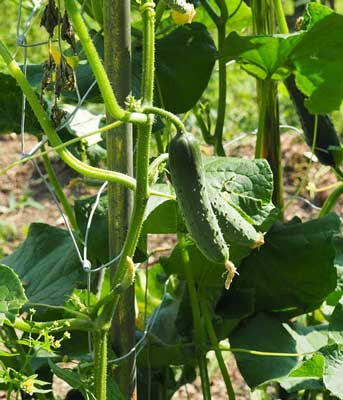
Beets
Beets are excellent companions for Swiss chard because they have similar growing requirements and complement each other’s growth habits. Both beets and Swiss chard belong to the same botanical family (Amaranthaceae), which means they thrive in similar soil conditions and climates. Additionally, beets have shallow roots that grow close to the soil surface, while Swiss chard has deeper roots, allowing them to coexist without competing for space or nutrients. Planting beets alongside Swiss chard can also help improve soil health by adding organic matter and nutrients as the plants decompose. Additionally, the vibrant foliage of Swiss chard provides natural mulch, helping to retain soil moisture and suppress weeds, which benefits both beets and Swiss chard.

Why Potatoes, Melons, Corn, and Peppers Aren’t Ideal Companion Plants for Chard ?
Potatoes
While potatoes are a popular garden crop, they may not be the best companion plant swiss chard. Both potatoes and Swiss chard have similar nutrient requirements, which means they could compete for the same resources in the soil. However, by carefully planning your garden layout and spacing these plants appropriately, you can minimize competition and still enjoy a bountiful harvest of both crops.
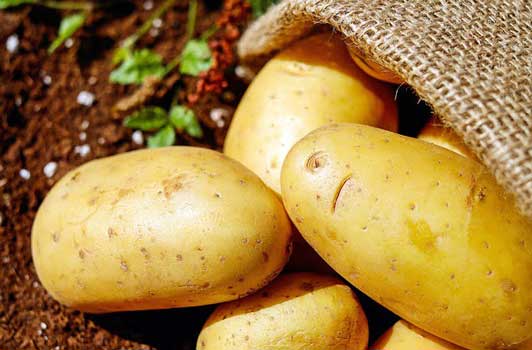
Melons
Melons, such as watermelons and cantaloupes, are delicious summer treats, but they may not be the best companions for Swiss chard. Melons have sprawling vines that can spread out and take up a lot of space in the garden. This can potentially crowd out Swiss chard and other neighboring plants, limiting their access to sunlight and nutrients. However, with proper planning and spacing, you can still enjoy a diverse garden with both melons and Swiss chard thriving together.
Corn
Corn is a staple crop in many gardens, but it may not be the most compatible companion for Swiss chard. Corn plants can grow tall and dense, casting shade over nearby plants, including Swiss chard. Additionally, corn has high nutrient requirements and may compete with Swiss chard for essential nutrients in the soil. However, with strategic planting and spacing, you can mitigate these challenges and create a thriving garden with both corn and Swiss chard coexisting harmoniously.
Peppers
Peppers, whether sweet or hot varieties, are flavorful additions to any garden, but they may not be the best companions for Swiss chard. Peppers are susceptible to certain pests, such as aphids and flea beetles, which can also affect Swiss chard. Planting peppers near Swiss chard may attract these pests, putting your chard at risk of damage. However, with proper pest management strategies in place, you can still grow both peppers and Swiss chard successfully in your garden.
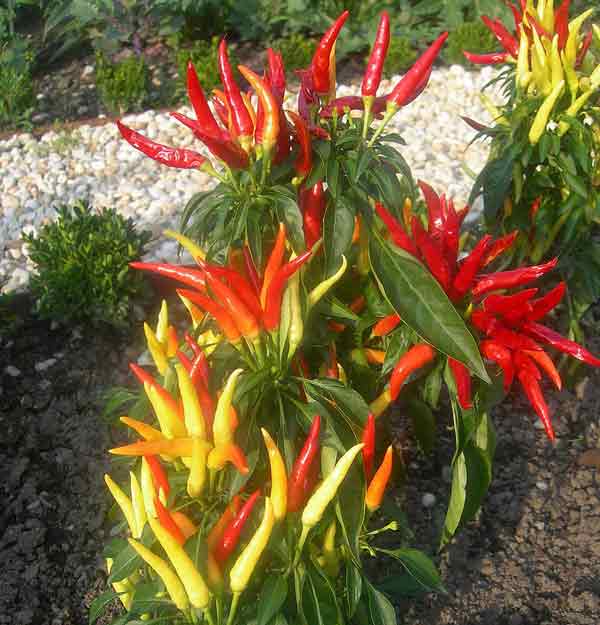
By understanding the potential challenges and implementing strategies to mitigate them, you can create a diverse and thriving garden with a variety of crops, including Swiss chard, potatoes, melons, corn, and peppers. With careful planning and attention to detail, you can enjoy a bountiful harvest of fresh, homegrown produce all season long.
FAQs: Swiss Chard Companion Plants
Q: What not to plant with Swiss chard?
A: It’s best to avoid planting Swiss chard near potatoes, melons, corn, and peppers. Potatoes may compete for similar nutrients, while melons can spread out and take up too much space. Corn may create excessive shade and compete for nutrients, and peppers may attract pests that can also affect Swiss chard.
Q: Can I plant Swiss chard with carrots?
A: Yes, Swiss chard can be planted with carrots. Carrots and Swiss chard have different root depths and nutrient requirements, allowing them to coexist without competing for resources. Plus, they make a visually appealing and mutually beneficial combination in the garden.
Q: What not to plant next to Swiss chard?
A: Avoid planting Swiss chard near plants with deep root systems or those that attract pests harmful to chard, such as potatoes, melons, corn, and peppers.
Q: Can you plant Swiss chard with tomatoes?
A: Yes, Swiss chard can be planted with tomatoes. Tomatoes provide shade for Swiss chard during hot summer days, while Swiss chard acts as a living mulch, shading the soil around tomato plants and conserving moisture.
Q: Can you plant Swiss chard with strawberries?
A: Yes, Swiss chard can be planted with strawberries. Strawberries have shallow roots that complement Swiss chard’s deeper roots, and they provide ground cover that helps retain soil moisture and suppress weeds. Plus, both plants benefit from increased pollination and pest deterrence when grown together.
What are the best companion plants for Swiss chard?
A: The best companion plants Swiss chard include beans, cabbage, celery, chamomile, cilantro, garlic, lavender, lettuce, marigolds, mint, nasturtium, radishes, sweet alyssum, tomatoes, and turnips.
Q: What are the factors to consider while companion planting Swiss chard?
A: When companion planting Swiss chard, it’s essential to consider factors such as pest deterrence, nutrient enhancement, and space utilization. Choose swiss chard companions that repel common chard pests, enrich the soil with nutrients, and have similar growing requirements to optimize garden health and productivity.
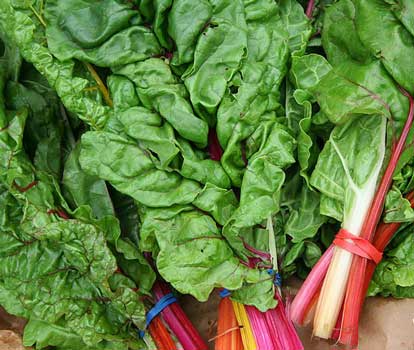
Conclusion Chard Companion Plants
When selecting companion plants for Swiss chard, it’s essential to consider various factors to ensure a thriving garden ecosystem. Swiss chard, with its vibrant leaves and nutritional benefits, pairs well with a variety of companions, making it a versatile addition to any garden. For those aiming to create focal points or enhance visual interest, pairing Swiss chard with flowering companions like marigolds or sweet alyssum can create stunning displays. Fall planting allows for strategic placement of cool-season companions such as kale or spinach alongside Swiss chard, maximizing space and extending the harvest season. In small spaces, Swiss chard thrives when interplanted with compact growth companions like radishes or lettuce, making the most of limited garden real estate. For those focusing on soil health, nitrogen-fixing companions such as peas or beans can enrich the soil, promoting robust growth in Swiss chard. Additionally, considering chard’s preference for partial shade, interplanting with taller companions like tomatoes or peppers can provide essential shade during hot summer months, ensuring optimal growing conditions. By incorporating these companion plants into your garden, you can create a harmonious and productive environment where Swiss chard thrives alongside its compatible companions.

